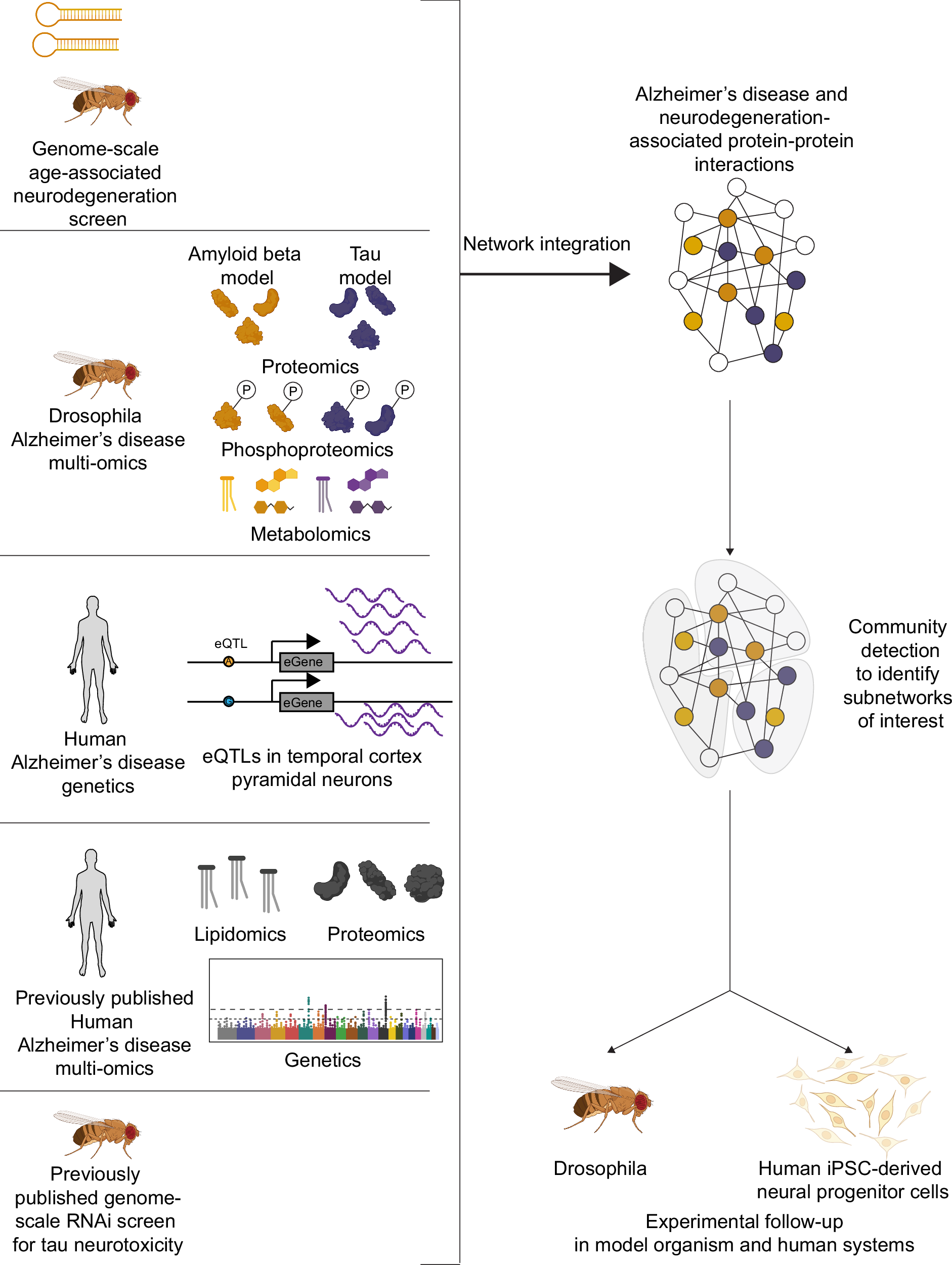2025-05-21 ノースカロライナ州立大学(NCState)
<関連情報>
- https://news.ncsu.edu/2025/05/studies-look-for-potential-therapy-targets-for-dogs-with-chiari-like-malformation/
- https://onlinelibrary.wiley.com/doi/10.1111/jvim.70105
- https://bmcvetres.biomedcentral.com/articles/10.1186/s12917-025-04754-4
キアリ様奇形の犬におけるカルシトニン遺伝子関連ペプチドの脳脊髄液濃度 Cerebrospinal Fluid Concentrations of Calcitonin Gene Related Peptide in Dogs With Chiari-Like Malformation
John D. Macri, Courtney Sparks, Zachary Anderson, Natasha Olby
Journal of Veterinary Internal Medicine Published: 03 May 2025
DOI:https://doi.org/10.1111/jvim.70105

ABSTRACT
Background
The biomarker Calcitonin Gene-Related Peptide (CGRP) is elevated in human conditions associated with neuropathic pain, but has not yet been studied in Cavalier King Charles Spaniels (CKCS) with Chiari-like malformation (CM).
Hypothesis/Objectives
Cavalier King Charles Spaniels with clinical signs of CMSM would have higher CSF concentrations of CGRP than asymptomatic CKCS. Our aim was to measure CSF CGRP concentrations in CKCS with and without clinical signs of CMSM.
Animals
Twenty-nine CKCS drawn from research and clinical cases underwent quantification of pain and scratching, a brain and spinal cord MRI, and lumbar CSF collection.
Methods
This was a prospective study with both normal and clinically affected CKCS recruited. The CSF concentration of CGRP (C-CGRP) was measured using an ELISA assay. Dogs were grouped by the presence of SM, pain, and scratching, and concentrations of C-CGRP were compared between groups using Wilcoxon Rank Sum. The concentration of C-CGRP, pain score, and SM diameter were evaluated using linear regression.
Results
Concentration of C-CGRP was significantly higher in painful dogs (median 116.1, range: 11.6–238.3 pg/mL) as compared to non-painful dogs (median 77.7 pg/mL, range 0–266.2 pg/mL; p = 0.0124). No significant difference in C-CGRP concentration was noted between dogs with (median 99.3, range 0–226.6 pg/mL) and without (median 102.2, range 6.0–266.2 pg/mL) SM (p = 0.305).
Conclusions and Clinical Importance
Cerebrospinal fluid CGRP concentration is elevated in CKCS exhibiting pain regardless of the presence of SM. CGRP might contribute to neuropathic pain in CMSM and could be a target for therapeutic intervention.
キャバリア・キング・チャールズ・スパニエルにおけるゲノム解析により、キアリ様奇形および脊髄空洞症の臨床徴候に関連する遺伝子座が同定された Genomic analyses in Cavalier King Charles spaniels identify loci associated with clinical signs of Chiari-like malformation and Syringomyelia
Courtney R. Sparks,Jonah N. Cullen,Michael W. Vandewege,Meghan Leber,Katie M. Minor,Steven G. Friedenberg & Natasha J. Olby
BMC Veterinary Research Published:03 May 2025
DOI:https://doi.org/10.1186/s12917-025-04754-4
Abstract
Background
Chiari-like malformations (CM) and syringomyelia (SM) are common in Cavalier King Charles spaniels (CKCS) leading to variable manifestations of pain and scratch. Inheritance studies suggest a polygenic mode of inheritance and association studies have identified loci associated with the presence of SM on MRI. Given the poor correlation of clinical signs of CMSM with MRI findings, we hypothesized that an association study with clinical signs as the phenotype could reveal new loci of interest. The objectives of this study were to perform genome-wide association studies on CKCS using SM and clinical sign phenotypes of pain and scratch and to use whole genome sequencing (WGS) to identify variants in regions of interest. We collected DNA on 174 CKCS. Owners completed questionnaires to establish the clinical pain and scratch phenotype and magnetic resonance imaging (MRI) was used to identify CM and SM (linear T2 hyperintensity greater than 2 mm in height) in all dogs. Dogs were genotyped using the Axiom K9 HD (710,000 snps) array. GWAS analyses were performed using GEMMA and categorical and quantitative approaches were used to define clinical phenotypes. Whole genome sequencing (WGS) was performed on an Illumina HiSeq 4000 high-throughput sequencing system.
Results
There were no regions associated with SM presence. The presence of signs of pain and scratch was associated with a region on Canis familiaris autosome (CFA) 26 downstream of ZWINT, previously associated with skull changes in CKCS with SM, although genome-wide significance was not reached. Loci were also associated with quantitative pain and scratch scores on CFA 13, 2 and 38. There were 66 variants that segregated with phenotype including 2 missense variants that were predicted to have moderate effects on ZWINT function.
Conclusions
The identification of a locus on CFA26 using the clinical phenotype of pain and scratch that coincided with a locus identified in a morphological study provides strong support for this as a region of interest.


